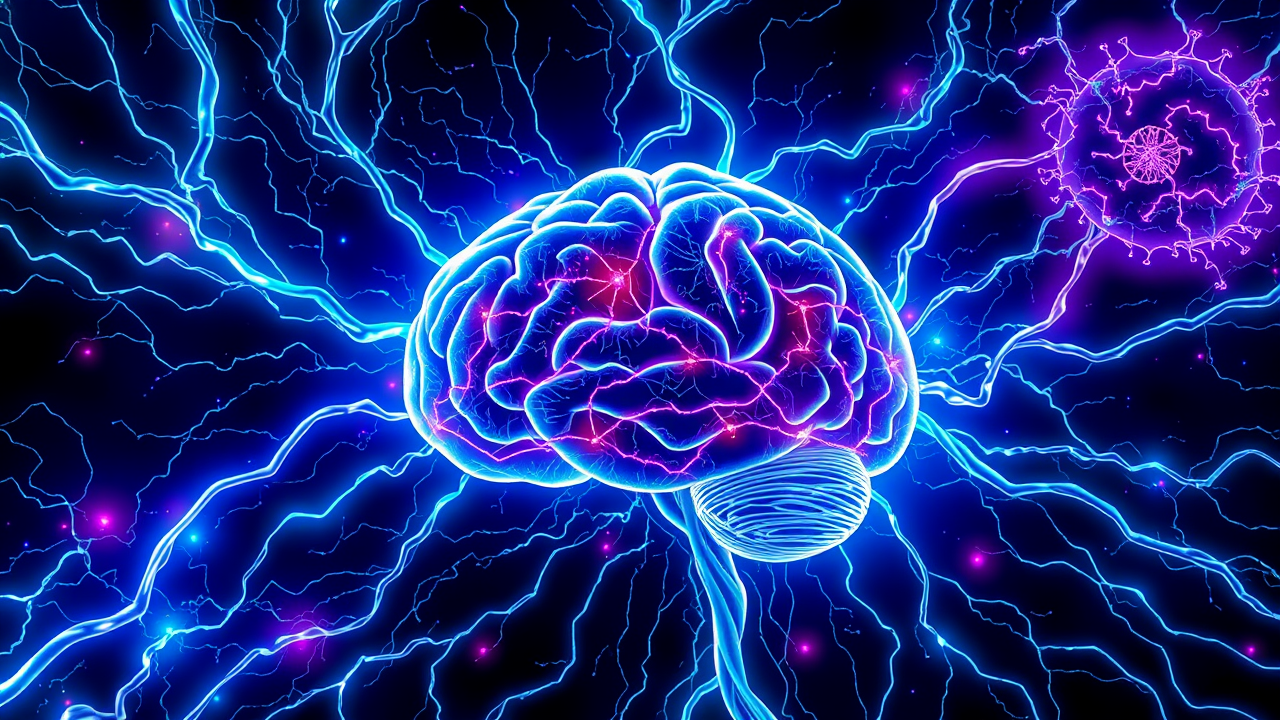A psychedelic surprise: DMT helps the brain heal after stroke
In a stunning development that blurs the lines between neuroscience and pharmacology, the potent psychedelic compound Dimethyltryptamine, or DMT, has revealed a startling new therapeutic dimension: the capacity to dramatically mend the brain in the wake of a devastating stroke. This isn't science fiction; it's the cutting edge of neuro-regenerative medicine, where a molecule long relegated to the fringes of consciousness exploration is now emerging as a potential cornerstone for neurological recovery.Found naturally in numerous plant species and even synthesized within the human brain itself—often speculated to be involved in near-death experiences—DMT's primary claim to fame has been its profound, short-lived hallucinogenic voyage. But the latest research pivots sharply from the mind's inner cosmos to the cellular battlefield of a stroke, where every minute of oxygen deprivation triggers a catastrophic cascade.The ischemic event itself is just the initial shock; the real damage unfolds in the hours and days that follow, as the blood-brain barrier—the brain's meticulous security system—breaches, allowing inflammatory cells and toxic compounds to flood the delicate neural tissue, leading to swelling, further cell death, and often permanent disability. What scientists have now observed in rigorous animal and cellular models is nothing short of remarkable: administered at a critical post-stroke window, DMT appears to act as a master regulator of this chaos.It doesn't just mildly suppress the inflammatory response; it orchestrates a comprehensive repair operation, actively restoring the integrity of the blood-brain barrier, calming the storm of cytokines, and seemingly creating a microenvironment conducive to healing. This suggests a dual mechanism of action, far beyond a simple anti-inflammatory.It's as if DMT signals the brain's own innate repair crews to the site of the injury, potentially promoting neurogenesis and synaptic plasticity—the very processes needed to rewire damaged circuits. The implications for complementing existing treatments like tissue plasminogen activator (tPA), which must be administered within a narrow few hours to dissolve clots but does nothing to address the subsequent inflammatory damage, are transformative.Imagine a future stroke protocol where the acute clot is cleared, and immediately, a neuro-restorative agent like DMT is introduced to shield the brain from the secondary wave of injury, fundamentally altering the recovery trajectory for millions. This research sits at the confluence of two revolutionary trends in medicine: the psychedelic renaissance, which has seen compounds like psilocybin and MDMA achieve breakthrough therapy status for mental health, and the rapid advancement of biotech, where we are learning to hack the body's own signaling systems.The work echoes earlier, tantalizing clues about other psychedelics, such as LSD and psilocybin, demonstrating neuroplastic effects, but DMT's unique pharmacological profile—its potent action on a wide array of serotonin receptors, particularly the 5-HT2A receptor implicated in both its psychedelic and now its therapeutic effects—and its endogenous presence make it a particularly compelling candidate. Of course, the path from the lab to the clinic is fraught with challenges.Dosing will be a critical puzzle to solve; the goal is neuroprotection, not a full-blown psychedelic experience, which may involve sub-psychedelic or 'micro' doses, or perhaps even analogues of the molecule that retain the healing properties without the trip. The regulatory hurdles for a Schedule I substance are immense, requiring a paradigm shift in how we perceive risk versus benefit for acute, life-altering conditions.Furthermore, the long-term effects of administering such a powerful neuromodulator after a traumatic brain injury are still entirely unknown. Yet, the potential payoff is staggering.Stroke remains a leading cause of long-term disability worldwide, with economic and human costs that are almost incalculable. A treatment that could reduce brain damage by even a significant fraction would represent one of the most important neurological breakthroughs of the century. This research forces us to reconsider the very categories we use for drugs—challenging the stigma around psychedelics and inviting us to see them not as mere agents of recreation or spiritual inquiry, but as sophisticated tools in the next-generation medical toolkit, capable of speaking the complex chemical language of the brain itself to command it to heal.
Latest News
In a development that feels as monumental as the first time humanity grasped the orbital mechanics that would one day take us to Mars, a cadre of international
5 hours ago0 comments
In the grand, unfolding narrative of Africa's energy future, a quiet but profound struggle is taking place, one that pits the seductive allure of quick-fix
6 hours ago3 comments
The persistent longevity gap between the sexes, a phenomenon observed not just in our own species but across a remarkable spectrum of mammalian life, from the
8 hours ago3 comments
The skies above Hong Kong performed a spectacular act of atmospheric theater earlier this month, presenting residents of Tsing Yi with a vision so ethereal it
13 hours ago5 comments
In a landmark study emerging from Spain, a nuanced and more intelligent iteration of the celebrated Mediterranean diet has demonstrated a staggering 31%
14 hours ago5 comments
It’s a quiet truth, one that emerges not in the stark light of a clinic but in the whispered confessions of daily life: the weight of depression isn't a
14 hours ago3 comments
For decades, the very first moment of photosynthesis—the miraculous process that powers nearly all life on Earth—has held a secret, a fundamental asymmetry
14 hours ago3 comments
The very ground beneath California, long accepted as a precarious but predictable neighbor, is now revealing a more volatile and terrifying personality.
15 hours ago4 comments
It’s quiet here...Start the conversation by leaving the first comment.
